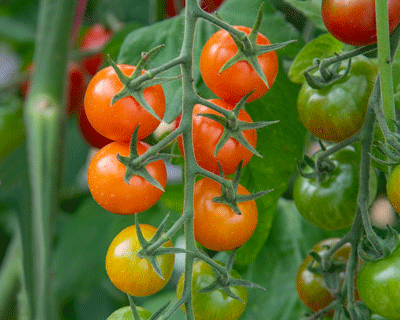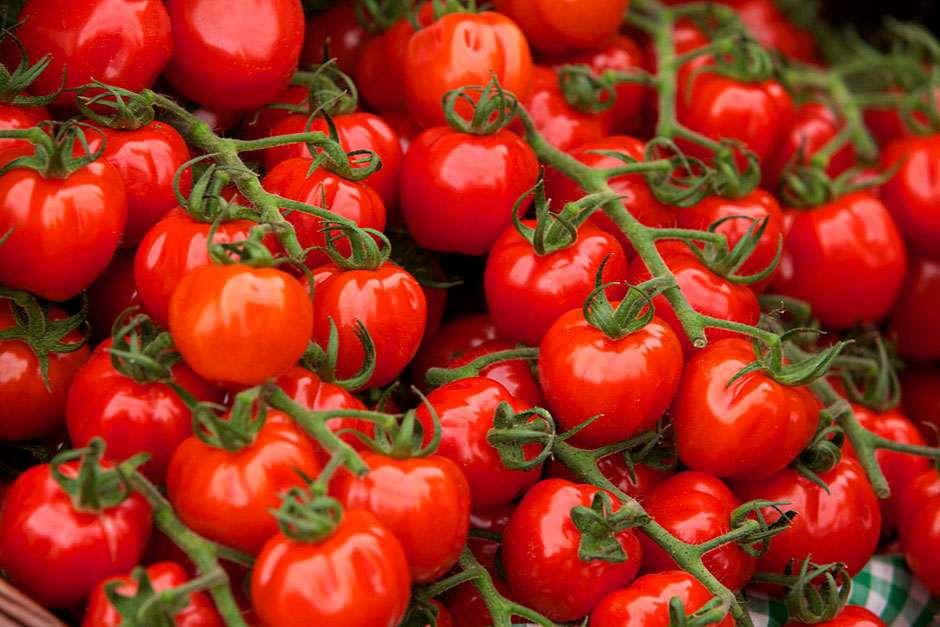Fast tomatoes – the quickest way to grow your own
Faced with empty supermarket shelves, we’re left wondering: what’s the fastest route to picking your own tomatoes? RHS experts offer top tips
There’s no denying that however you grow your tomatoes, you’re in for the long haul. But with a little guidance, you can be enjoying your own supply in just a few short months – whatever the weather in Morocco. RHS experts are here to help, sharing their seasoned secrets to a fast harvest.
Location, location, location
Tomatoes grow and mature in a direct relationship with heat and light, so growing them in a heated greenhouse, or at least raising them in one before later transplanting outside, will of course give the earliest crops. However, most of us don’t have this luxury!
The good news is, there’s still plenty that those of us growing outdoors can do to in order to get our tomato harvests off to a racing start.
RHS Chief Horticulturist for Communications, Guy Barter, said: “Cold nights are particularly likely to set crops back, so covering plants with fabric or
The earliest and tastiest outdoor crops come from warm, sheltered, sunny places like a bright patio, while plants that are subject to some shade will be slightly slower to mature, delaying harvests by as much as two weeks.”
Whether to sow seed or to buy young plants is a
“For greenhouse crops you need transplants ready for April, which means sowing in February.” Now that we’re into March, Guy recommended, “for indoor crops, buy plants in April, or order
One of the most patience-sapping stages in growing your own tomatoes is waiting for the fruits to ripen. For what seems like weeks on end, they’re big, they’re juicy – but they’re green!For an early crop, you want a tomato that ripens quickly. Cherry tomatoes ripen much faster than beefsteak varieties for instance, which require prolonged warmth and sunshine to redden up their hefty fruits.
Amongst the cherry varieties, some of the fastest to ripen are the orange varieties such as 'Sungold'. This is simply because they don’t need to ripen so far, calling it a day at orange, rather than needing to progress right through to red! Yet they are packed with all the sweetness, juiciness and flavour that you could ever ask of a tomato.
Bush tomatoes can hastened by covering with cloches, coldframe or fleece (ideally biodegradable), which can advance maturity by as much as two weeks.”
Sow too early, and your tomato plants will outgrow the windowsill before the great outdoors is ready for them. Sow too late, and you waste precious potential cropping time. So is there a sweet spot for the best time to sow your tomato seeds?Many of us are so eager to get our
If you sow tomatoes too early, the plants risk coming up against frost when moved out to their final positions, or becoming leggy indoors while you wait for the weather to warm up enough to move them out.
Reflecting on hard-won experience, RHS Horticultural Advisor Jenny Bowden said: ‘Wait until the end of March to sow tomatoes indoors (or in
- Pollination is very important for timely fruit formation. For outdoor plants, visits by bees should suffice, but indoor plants will benefit from a gentle shake on sunny afternoons to transfer pollen.
- Good horticultural practice is necessary for early crops. Use moderately fertile soil or peat-free growing bags; keep these well-watered but not over-watered; and apply fertiliser as recommended by the manufacturer.
- It may seem counterintuitive, but spoiling your plants can actually slow them down. Instead, keep them in 9cm pots until they start flowering – this stresses them into flowering earlier, at which point they can be planted out. If the plants are treated generously, flowers can be delayed for as much as two weeks.
Even if the current tomato shortage is a distant memory by summer, home-grown tomatoes are unbeatably delicious when picked warm and fully ripe from the plant. Once you’ve started growing your own, there’s no looking back!


